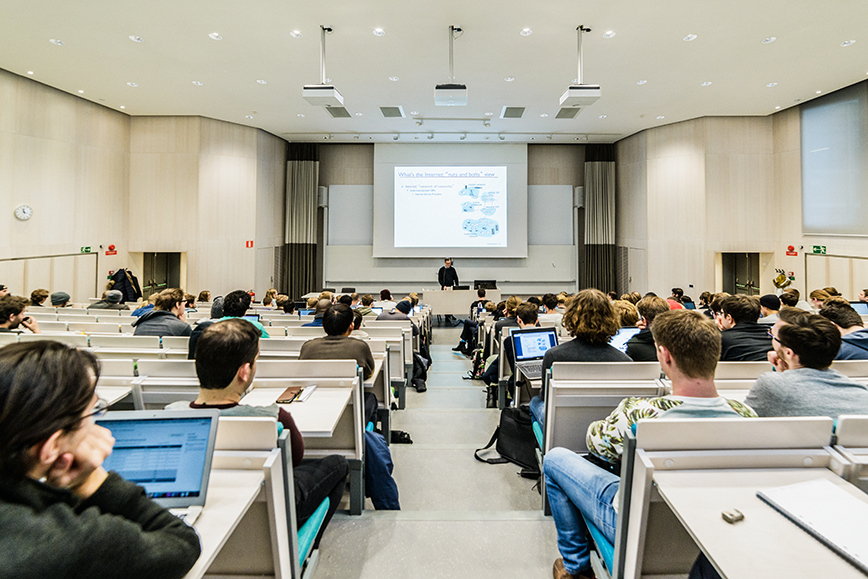All KTH programmes on path to include equality and diversity education

Gender equality and diversity perspectives in technology will have been introduced into the curriculum of 50 mandatory courses at all levels by the beginning of the 2021 autumn term, the KTH Equality Office reports. For students, the new modules may be the most noticeable result of an equality and diversity agenda that has been picking up steam in recent years.
“We have reached a tipping point,” says KTH Vice President Anna Wahl . “No one is asking ‘why’ anymore. People are mainly onboard and saying, ‘yes, let’s do this.’”
For nearly a decade KTH has been implementing long-term change programmes aimed at meeting the Swedish government’s policy to realize a gender equal society. In addition to pushing toward institutional transformation, the university is breaking ground among its European counterparts in the area of gender education.
Wahl says that by the 2022 academic year, a research-based gender equality and diversity education module will have been integrated into mandatory coursework in each of the nearly 120 programmes at KTH, from bachelor to PhD levels.
Higher demand for gender courses
At the same time, demand for elective gender courses has also risen sharply. Enrollment doubled in at least two separate elective courses this term, she says. Meanwhile, integrating the mandatory curriculum is progressing swiftly with little of the skepticism that has met gender initiatives in previous years.
Wahl credits the personal advocacy of KTH President Sigbritt Karlsson (one of the world’s relatively few female university leaders) for much of the recent years’ progress. She also points to KTH’s alignment with the United Nations Sustainable Development Goals, which have provided a useful framework for understanding how gender issues fit into technology and engineering education.
Linked to sustainable development
“The work with sustainable developed has helped because it’s kind of an entrance,” she says. “It makes it easier for everyone to visualize gender equality.”
The implementation of mandatory training – typically added to a programme’s introductory course – is what Wahl refers to as Level 1 of the overall effort to prepare students for making a positive difference. Future steps include promoting a closer connection between instructors and gender research.
“Technology can help people, but it can also reproduce inequalities. So this social and political aspect of technological development has to be addressed with knowledge,” she says.
“The reason KTH exists is to do research and education that contributes to society – it’s to contribute to a better world,” she says. “We want gender and diversity to be part of that.”
David Callahan


